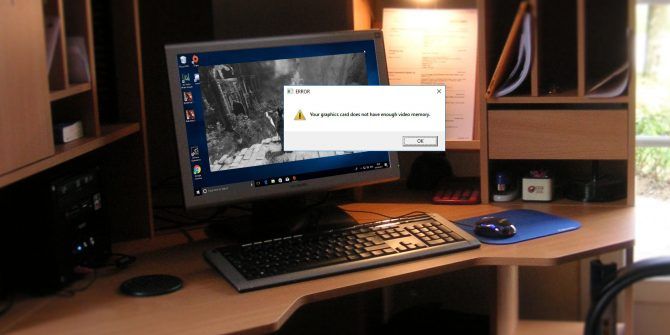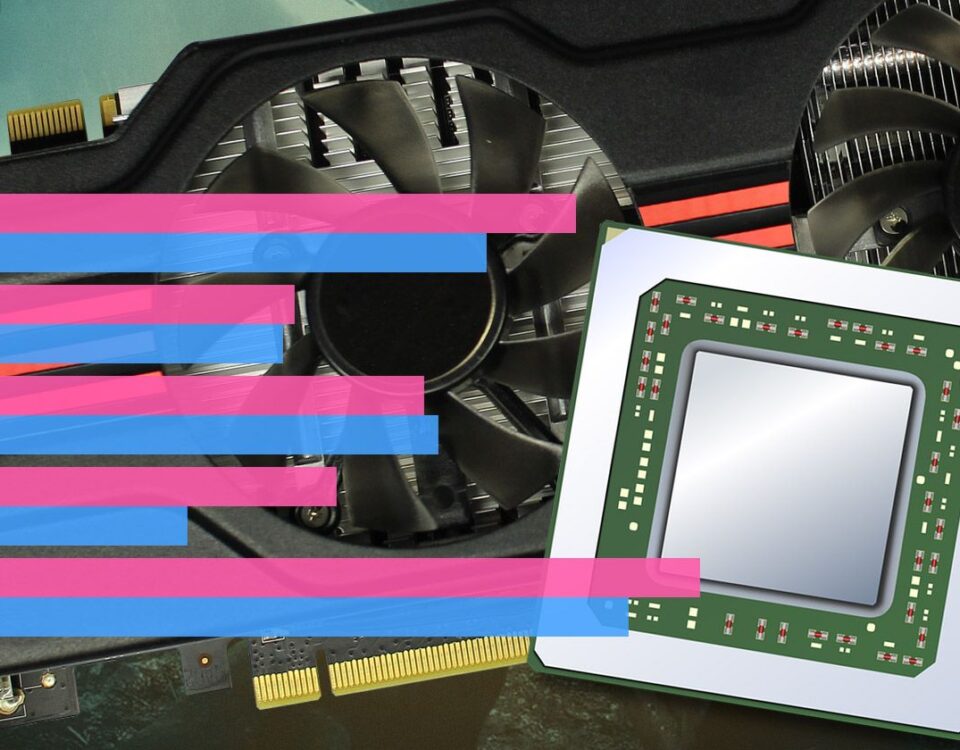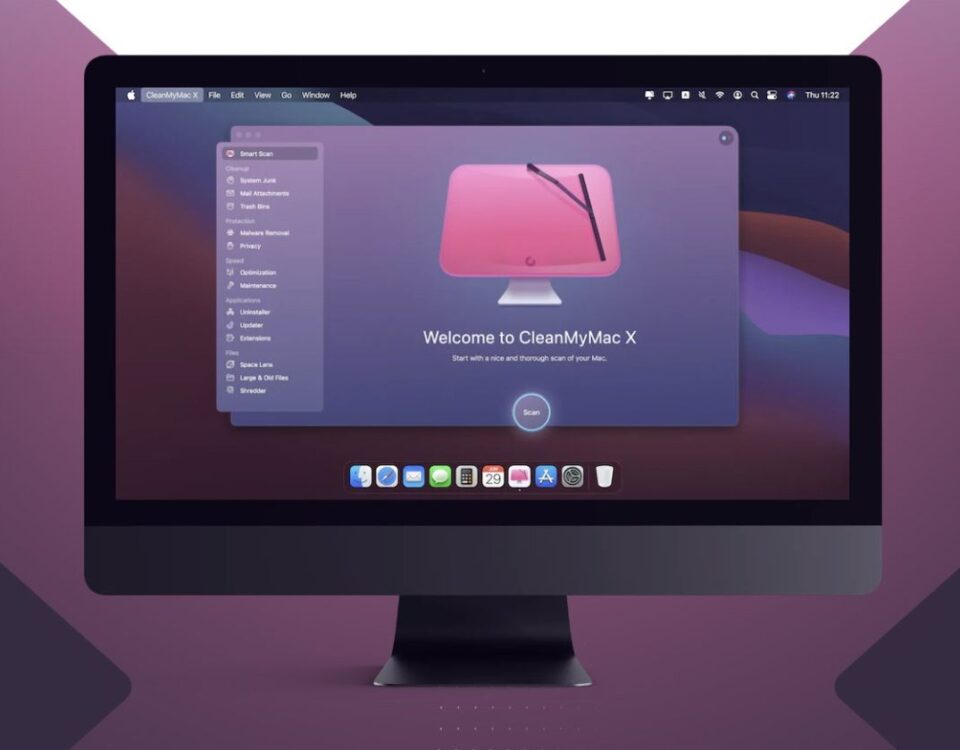
5 RAM Myths and Misconceptions That Really Aren’t True
13 marzo, 2021
The Latest Windows Update Is Causing Some PCs to Crash
13 marzo, 20216 Signs It’s Time to Replace Your Mac

6 señales Es hora de reemplazar su Mac
While Apple’s computer hardware lasts a long time, you’ll still have to say goodbye to your Mac at some point. If you’ve had trouble with your machine, you might wonder when to get a new MacBook or if you should stay with your current one a bit longer.
Let’s look at some of the major signs that your Mac is out of date. We’ll look at ways you can work around these issues, plus consider whether it’s time to purchase a new Mac.
How Long Do Macs Last?
Whether you’re taking stock of your old machine or thinking about the value of a new purchase, you might wonder how long MacBooks and other Mac models last.
There isn’t an exact answer for this, as it depends on a variety of factors. Someone who only uses their Mac for occasional web browsing can get away with using the same machine for longer than someone who runs their computer all day and does high-intensity tasks like video editing.
The definitions from Apple’s Vintage and Obsolete products page give an idea of device longevity. Vintage products are devices that have not been sold for more than five but less than seven years. A product is considered obsolete if it was discontinued more than seven years ago.
Taking a look at macOS compatibility (discussed below), we can see that most of the time, Macs are eligible to get the latest macOS version for about seven years. Apple generally supports each macOS version for three years.
Third-party apps are a bit more generous. As of this writing, Google Chrome requires at least OS X 10.11 El Capitan (released in 2015). Dropbox and Spotify, meanwhile, work on OS X 10.10 Yosemite (released in 2014) and newer.
Taking all this together, say you bought a brand-new Mac in 2021. It would likely receive macOS updates until 2028. The OS released in 2028 would receive support from Apple until 2031, and most third-party tools would work until at least 2033.
This means that in general, you can expect about 10 years of life from a Mac, barring any unforeseen hardware issues. Now let’s look at some signs your Mac is at the end of its life.
1. You Can’t Run the Latest Version of macOS
Each year around September/October, Apple releases a new version of macOS. Mac models from the past several years are capable of running it. This means if your computer won’t upgrade to the latest version of macOS, it’s becoming obsolete.
At the time of writing, macOS 11 Big Sur is the latest version of macOS. The following Mac models can get the update:
- MacBook models from 2015 and later
- MacBook Air models from 2013 and later
- MacBook Pro models from late 2013 and newer
- iMac models from 2014 and later
- iMac Pro models from 2017 and later
- Mac Pro models from 2013 and later
- Mac mini models from 2014 and later
If your computer isn’t on that list, it’s likely entered Obsolete status. As mentioned earlier, while you won’t get any full macOS upgrades, you’ll still be able to use your computer as-is for a while.
But after a year or two, you won’t receive security updates for your current macOS version, and third-party software might stop working. This means you’ll need to think about upgrading your Mac soon.
2. A Constant Lack of Free Space
As technology advances, apps and other data continue to take up more space. This results in a constant struggle for free space if you have an older machine with a paltry amount of storage.
If you have a 128GB or even 256GB drive in your MacBook, you probably have to juggle files to make more space constantly. This might mean freeing up space on your Mac whenever possible, or possibly adding more storage to your Mac with an external hard drive or other methods.
You can use these workarounds to survive with a small amount of space for a while. But once you get sick of them, it’s time to upgrade to a new Mac with plenty of storage space.
3. Your Machine’s Components Aren’t Powerful Enough
Your Mac’s storage disk is just one computer component that declines with age. A lack of RAM will prevent you from running many apps at once, and an old CPU means tasks like editing 4K video are extremely slow or impossible. You’ll also notice overall system performance suffers.
Another component that takes a hit over the years is the battery in MacBooks. Rechargeable batteries only have a certain number of cycles before they’re “spent” and won’t hold a charge for long. macOS will warn you when your battery is getting to the end of its life.
If you’ve used the battery extensively, it might only last an hour before you need to charge it. You can get around this by always using your laptop on the charger, but that sacrifices the portability, of course.
If you have an older machine, you might be able to upgrade or mitigate these issues somewhat by adding more RAM to your Mac, swapping the HDD for an SSD, or replacing the battery. However, this is basically impossible on newer Mac models, as most components are soldered to the motherboard.
The money you would spend on a professional hardware upgrade or battery replacement is almost certainly better put towards a new machine. Apple’s service page states that it costs between $129 and $199 for a Mac battery replacement, which isn’t cheap.
4. Your Mac Has Major Hardware Damage
An obvious reason that you need to replace your MacBook is when it suffers serious physical damage. Maybe you dropped it and damaged the internals, or slammed the screen down on some debris and cracked it.
In these cases, your computer is unusable until you get it fixed or replace it. And as discussed above, it doesn’t make a lot of sense to pour hundreds of dollars into an obsolete machine when you can get a new one that will last longer.
Barring a major hardware catastrophe, a long list of small issues can quickly become a big problem too. An old computer is often a lot like an old car. You can live with a few odd issues if they don’t impact your ability to use it properly, but eventually something big will go wrong and you’ll have to decide whether to fix it or upgrade.
Little problems, like your charger not working unless it’s in just the right spot, dead pixels on the display, stuck keys, and crackling speakers aren’t necessarily cause for a replacement. But when your computer has so many small quirks that it’s barely usable, you should cut your losses and look into a replacement machine that will perform much better.
5. Your Mac Experiences Frequent Software Issues
An outdated Mac can also manifest itself through software issues. You might experience frequent OS freezes where everything becomes unresponsive. Other common issues include visual glitches and random shutdowns.
When you experience these, you should make sure you have enough space free, as low disk space can contribute to these issues. If an SMC and PRAM reset don’t fix the problem, move on to reinstalling macOS and see if your problems persist.
Hopefully any software quirks disappear after this troubleshooting. But if not, you likely have issues related to outdated hardware and should considering upgrading your Mac.
6. The Timing Is Right for a New Mac
Maybe you’re ready to upgrade your Mac, but you can live with whatever issues it has and don’t need to buy one right away. In that case, you should wait for the right time to get a new Mac.
Apple releases new models for most Mac machines yearly. You shouldn’t buy one right before the new models release, as you can wait a bit longer to get a brand-new machine that will last longer for the same price.
Before you buy a new Mac, always check out the MacRumors Buyer’s Guide. This keeps track of Apple hardware releases so you don’t get caught spending full price on an old model.
If you can’t afford the latest model or want to save some money, you can opt for an older or refurbished model. Just keep in mind that the older the computer you buy, the sooner it will become obsolete.
Check out some tips on saving money when buying a MacBook for more advice.
Know When to Get a New Mac
We’ve looked at how long Macs generally last, along with the major signs that it’s time to upgrade your MacBook or iMac. Your exact mileage will vary with your usage and computing needs, but it’s clear that Macs have a reliable reputation for a reason.
Before upgrading, make sure you’ve done everything you can to make your old Mac feel like new. You’d be surprised what a few tweaks can do.
About The Author






